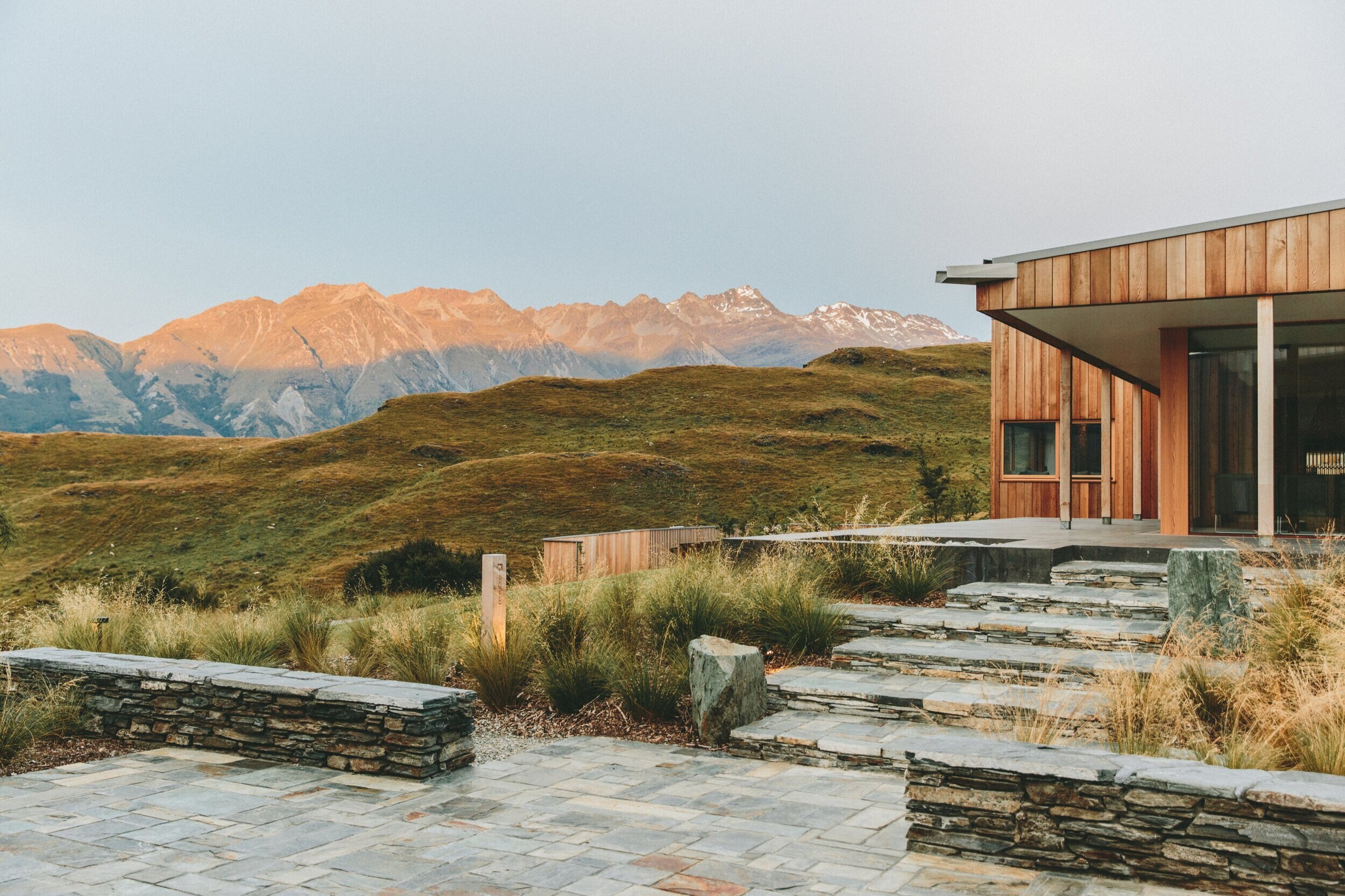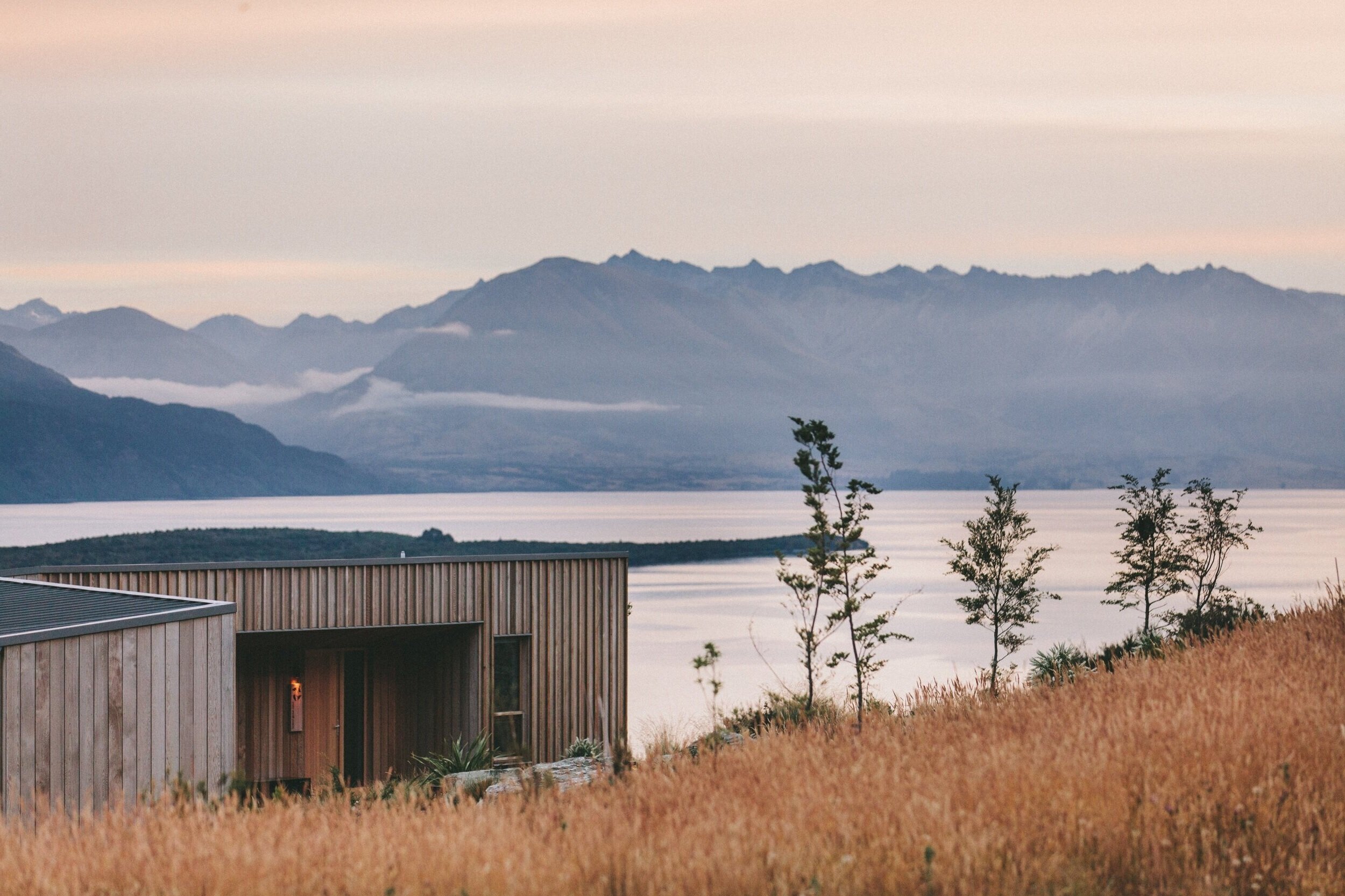Delivering Nature Recovery
on the Isle of Wight
Contents
The Isle of Wight is home to extraordinary natural diversity — from 15,000 species of plants and wildlife, and habitats from chalk downs and wetland meadows to our coastal cliffs and ancient woodlands. Every garden and community space can play a vital role in restoring habitats, supporting native species, and connecting the island’s living systems.
This short guide helps Islanders take practical steps to support the Local Nature Recovery Strategy (LNRS), making the Isle of Wight a thriving Biosphere where people and nature flourish together. You don’t need to do everything — choose what suits your space, interest, time and budget. Every action counts and everyone can play a part.
Start Where You Are
Every action, from a window box to a wild verge, contributes to the Island’s Local Nature Recovery Strategy and UNESCO Biosphere goals.
Begin by observing what wildlife already uses your space. Keep a record of birds, pollinators, or wildflowers you spot through the seasons. Small changes — less mowing, planting natives, adding logs or water — quickly create new habitat. Look for plants that can provide food and shelter: pollen and nectar sources, berries and fruit, particularly early and late fruiting species when other sources can be sparse.
Resources
Kew’s Grow Wild native plants for wildlife
Buildings, Birds and Bats
Some of our most threatened species of wildlife rely on the built environments we create. Higher standards for energy efficiency and modern designs in metal and glass have gradually reduced the availability of ‘nooks and crannies,’ the urban replacements for the caves and tree holes that bird and bat species inhabiting our towns and cities have adapted to. Fortunately, there are now easy-to-attach and cheap-to-buy fixtures and fittings for each of these priority species, providing the missing nesting, roosting, and hibernation spaces that they need.
· Choose retrofit or integral nest boxes for Swifts, House Martins, Swallows, House Sparrows, and Starlings.
· Add roost boxes for bats which can be externally mounted or set back into the wall.
Bird and box installation will deliver essential and lasting help for wildlife in your area and excellent organisations such as Bat Conservation Trust and Hampshire Swifts can help with specialist advice.
Planting for Place
Choose species that suit the island’s conditions and support local wildlife. Native plants offer many benefits for our wildlife, but in a garden setting, ornamental plants can also provide shelter and food, so don’t feel restricted. But, do be aware of invasive species and avoid bringing these into your gardens.
Each part of the Island has its own character — chalk grassland slopes, coastal edges, clay lowlands — you can tailor planting to local soils and microclimates:
Chalk grassland gardens: include scabious, knapweed, oxeye daisy, and bird’s-foot trefoil.
Coastal gardens: use sea thrift, valerian, and other salt-tolerant species.
Urban and village plots: climbers, flowering shrubs, and window boxes support our pollinators.
Trees
All trees provide shelter and some sources of food, to boost Island wildlife, consider the following species:
Disease-resistant elm varieties
Juniper
Buckthorn
Alder Buckthorn
Black Poplar
Small-leaved Lime
Hedges
Hedges create corridors for wildlife while providing shelter and food:
fill gaps in hedges with native shrub species with high forage value;
leave sections uncut each year;
delay trimming until late winter to allow maximum forage value;
enabling hedge bases to thicken with a mix of herbaceous and woody growth;
encourage hedge-laying where appropriate.
Resources
The Woodland Trust Invasive Species guide.
“LNRS Non-native invasive plant controls measure LGH1.3”
“LNRS chalk grassland measures LGH1.1 & LGH1.4”
“LNRS Hedgerow management measure LP1.8”
“LNRS Speciality Island tree conservation measure TW2.1”
Lawns and Grassland
Wildlife lawns can provide space for both us and wildlife. Create a mosaic of grassy habitat – some areas mown frequently, and other areas of mini hay meadows:
spring growth - delay the first cut of the year until July, then keep the lawn short;
hay meadow – mow in spring, then leave until late summer;
wild plants prefer nutrient-poor soil, so collect cut grass; wherever possible. Allowing the seedbank to reveal what it has stored;
leave some grass stalks long over winter; this is where butterfly pupae hide, waiting for the spring;
leave some bare soil, essential for ground-nesting bees and solitary wasps.
Connections – Wildlife Corridors
Link your garden to neighbouring spaces
Work with neighbours to create stepping stones or mini-corridors (e.g. hedgerow connections, continuous flower strips)
shared verges allow wildlife to move safely
Use green fences or “insect highways” (for example planting along walls, fences)
Buffer zones & edges
Marginal strips (5–10 m) of tussocky grass or wildflowers along edges
Soft transitions between hard boundaries and garden interiors (e.g. planting zones before boundary fences)
Verges
The Island has a collection of “Special Verges”, and all verges can be important for the wildlife on your street. If you manage your own bit of road or pathside verge, you can help wildlife in the following ways:
promote wild plants by reducing soil fertility – cut and collect clippings, ideally treat the verge like a mini hay meadow, you can create a habitat mosaic (mix of conditions) by regular mowing of sections or perimeter and other areas to grow long;
create some areas of bare ground on the original subsoil to expose the seed bank;
for every scale, you can create varied landforms (bunds, banks, hollows, pits) to create small wet/dry niches.
“LNRS Nutrient management and control in headwaters measure LGH2.2”
A Welcoming Space
Make sure your garden is a safe space for Island wildlife:
Night species prefer a dark garden, so set your solar lights to turn off when you go to bed;
All wildlife will appreciate reduced use of herbicides and pesticides, it also helps our rivers, water entering our rivers from our gardens can contain harmful chemicals.
“LNRS Urban pollution control measure UGG1.4”
Actions for specific Island wildlife
The Island has thousands of species (possibly up to 15,000), 171 Chamion Species (chosen by Island residents and experts) represent this massive number, including both rare and well-known names. Here are a few suggestions that could help these Champion Island species in your area:
red squirrel and dormouse : plant hazel, oak, hawthorn, and field maple for food and cover, ensure canopy links to other habitat as they don’t like coming to the ground;
bats: make it dark, encourage insects by planting nectar-rich trees, shrubs and flowers, especially those that bloom in early spring and late autumn and night-scented flowers;
glow worms: as for bats, keep your garden dark at night, reduce pesticide use, create a mix of short and more wild grassland, glow worms don’t travel far, so if you’re on the edge of town and have a colony nearby, you may be lucky.
wall butterfly: the caterpillar likes Tor-grass, False Brome, Cock's-foot, bents and Wavy Hair-grass, the butterfly likes a mix of short open grassland and bare, stony ground.
Resources
Spring: sow wildflowers, set up bird baths, and let lawn corners grow long;
Summer: enjoy flowers, trim selectively, and top-up water sources for wildlife;
Autumn: collect seeds, plant bulbs, and pile leaves for overwintering insects;
Winter: provide feeders, keep dead stems standing, and plan next year’s activities.
Quick wins (this season / next 6 months)
Choose food plants (pollen/nectar/fruit); leave some bare soil; install log pile or stone piles; reduce pesticide & herbicide use; choose easy species; start small
Mid term (1–2 years)
Establish small shrubs, build habitat features (pond, hedgerow), interlink with neighbour gardens.
Longer term (3–5 years +)
Expand habitat zones, adapt to climate (drought / wetter periods); monitor species; review & adjust
Through the Seasons
“LNRS Nutrient management and control in headwaters measure LGH2.2”
Use the Isle of Wight Local Habitat Map to see where your garden fits within the Island’s habitats. You can explore nearby protected wildlife sites and discover the nature recovery actions most relevant to your area — or even your own garden.






